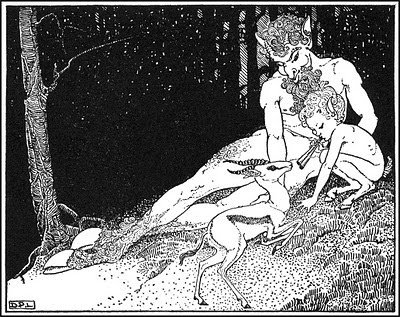Discover the Most Iconic Ancient Egyptian Symbols
- Home
- Blog
Discover the Most Iconic Ancient Egyptian Symbols

Let’s take a step back in time and uncover the secrets of ancient Egypt—one of the world’s most fascinating civilizations. For me, if you look closely, you realize that these symbols were not just a part of history—they’re alive, even today, offering us insights into life, death, and everything in between. In this post, we’re diving into the magic of four iconic Egyptian symbols—the Scarab, the Ibis, the Ankh, and the Eye of Horus. Each one tells its own powerful story, with meanings that still resonate with us in the modern world.
So let’s explore how these symbols could change the way you think about your own journey, and how they continue to inspire us.

The Scarab: The Ultimate Symbol of Transformation
When you think of the scarab, you might picture a small beetle scurrying about, but in ancient Egypt, this creature held great significance. The scarab was a symbol of rebirth, regeneration, and protection. Its behavior—rolling dung into a ball—was seen as a reflection of the Sun God Ra rolling the sun across the sky.
For the Egyptians, life was an eternal cycle—birth, death, and rebirth. The scarab reminded them that death wasn’t the end; it was simply part of this greater cycle. Scarab amulets were worn to ensure protection in the afterlife and placed in tombs to help guide the soul toward rebirth.
Personally, I find the scarab’s symbolism inspiring. It serves as a reminder that, though change can be difficult, it is a constant and beautiful part of life. The scarab encourages us to believe that transformation is always possible, even in the darkest times. It’s a symbol of hope and renewal—a perfect metaphor for our personal growth. Carry this timeless symbolism with a scarab ring as a daily reminder of transformation.

The Ibis: Symbol of Wisdom, Balance, and the Soul
With its long, curved bill, the graceful ibis was far more than just a bird to the ancient Egyptians. Gliding along the Nile, it was seen as the earthly embodiment of Thoth, the god of wisdom, writing, and the moon. Thoth, the keeper of knowledge and the recorder of universal laws, was mirrored in the ibis, symbolizing divine wisdom.
The African ibis appears prominently in the Book of the Dead, embodying justice and integrity. It also became a profound symbol of the human soul, connecting the living and the dead.
Honor the wisdom of the ibis with a Thoth-inspired ring that represents purity and divine knowledge.

The Ankh: The Key to Immortality
Now let’s talk about the Ankh. Known as the “key of life” or the “key of the Nile,” this symbol represented immortality and the eternal cycle of life. It was the ultimate symbol of vitality, regeneration, and protection. Associated with gods like Isis and Osiris, it embodied fertility and resurrection. The Ankh’s message of continuity reminds us that life is part of a greater, eternal cycle—serving as a powerful reminder of the interconnectedness of all living beings.
Keep this message of eternal life close with a timeless Ankh necklace or ring.

The Eye of Horus: Protection and Healing
Finally, let’s explore the eye of Horus, one of the most recognizable symbols. Known as the Wedjat Eye, it’s a beacon of protection, strength, and healing. According to Egyptian myth, Horus, the god of the sky, lost his left eye in battle with his evil uncle Set. The eye was miraculously healed by Thoth, restoring Horus to full power. From that point on, the eye of Horus became a symbol of recovery and divine protection.
More than just a symbol to ward off evil, the eye of Horus represented healing. Worn as an amulet it was believed to have the power to heal both body and spirit. To me, the eye of Horus is a reminder that no matter what challenges we face—be it health issues, emotional struggles, or external forces—we have the potential to heal and emerge stronger. It gives us hope that restoration is always possible and that protection is always available. Embrace this powerful symbol with a stunning Eye of Horus ring or pendant to feel its protection and strength in your daily life.
Why These Symbols Still Matter Today
What strikes me about these ancient symbols is how relevant they still are in our modern world. So, the next time you encounter a scarab, an Ankh, an ibis, or the Eye of Horus, take a moment to reflect on what they might represent in your own life. There’s something profound about these ancient symbols—they seem to tap into a deeper, unconscious part of us, a recognition of their true meaning that transcends time.
You might find that these symbols have something powerful to teach you, just as they did for the people of ancient Egypt. Even if we don’t fully understand it, we often feel their energy and wisdom on a subconscious level, connecting us to something timeless and universal.
Related Products
-
The Eye of Horus ring
85,00€ -
Ankh ring
115,00€ -
Ankh mini necklace
96,00€ -
Ankh gold
225,00€ -
Scarab ring
195,00€ -
Mr. Ibis Gold
205,00€
Recent Posts
OUR NEWSLETTER
Subscribe to our newsletter and get 10% off your next purchase!
Discover the Most Iconic Ancient Egyptian Symbols Read More »


































































































